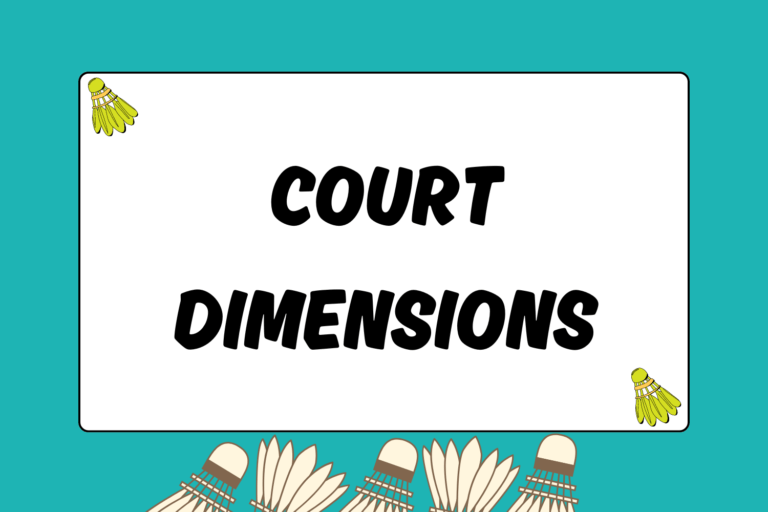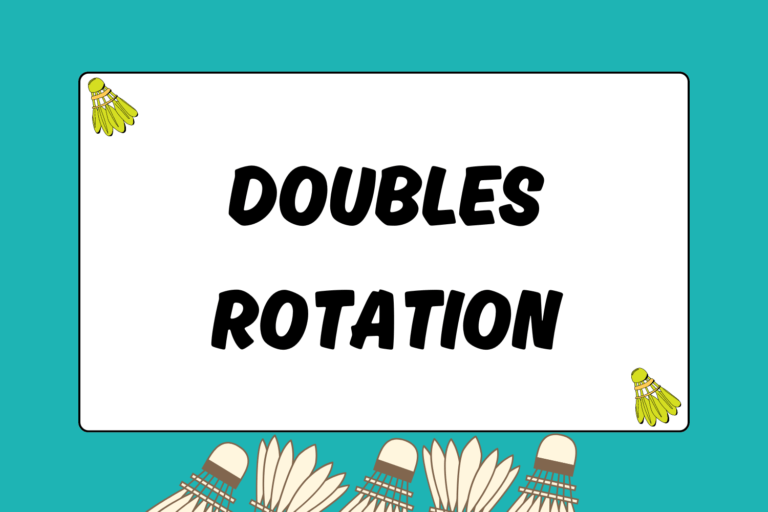Whether you’re hosting a tournament at a school or local gym, you’ll need to be organized weeks ahead of time to ensure that everything runs smoothly. Nothing will scare players away more than a disorganized tournament.
Running a tournament involves many detail-oriented aspects, and much of it involves preparation. This guide will cover everything you need to know to be prepared when the action begins.
Step 1: Find a Facility
Before you get down to the nitty-gritty details, you need to find a place to host the tournament. If you’re associated with a school, the gym should be available to reserve for a fundraising event.
If you’re not associated with gyms, finding a reasonably priced facility to hold a tournament will be tough. Normally, the fees to rent out a third-party gym will negate any profits you hoped to make, so it’s best to avoid this situation if possible.
When you’ve settled on a gym, you must assess the resources available to you. Things to take note of are:
- Number of courts: The amount of courts you have will ultimately determine how big of a tournament you can host. The bare minimum should be 8 courts, but 12 courts or more is ideal.
- Seating space: Determine how much room you will have to seat both spectators and competitors awaiting matches. Floor space can be included as long as it isn’t uncomfortably close to a court. If you’re unsure about floor space, you’ll need at least five feet between the seats and the court.
- Resources available: A public address system (or a microphone with a sound system) is an invaluable resource for a tournament of any size. A huge part of staying organized is making sure competitors get to their assigned court and play as promptly as possible. There is no easier way to announce matches than using a PA system. Additionally, things like chairs and tables are essential but should be relatively easy to get.
Step 2: Determine the Tournament Style and Size
The style of your tournament will be determined by how much time and court space you have. Typically, a tournament will run anywhere from 8 to 24 hours, spanning over one or two days.
The consolation style offers the best value for players, while single-elimination will finish the quickest. Round-robin is easily the most time-consuming and should only be reserved for flights with five teams or less.
The size of a tournament refers to the amount of players participating. More specifically, it refers to the size of the bracket. A bracket displays the head-to-head format typically used for tournament-style play. It also depends on what flights and events you are running.
Having more than one flight will drastically increase the size of your tournament since players will likely sign up for two flights. If you estimate each match to occupy 30 minutes of court time, you should be able to estimate the number of matches you can run on a given day.
Step 3: Determine the Prizes and Prices
Everyone loves prizes, and badminton players are no exception. Having trophies and cash prizes is a great way to attract players. However, be wary of making promises you can’t keep.
Offering cash as a prize will eat into your profits and should be carefully planned out before you make the final call. If you opt to hand out trophies, be sure to order them at least a month in advance to ensure that they arrive in time. Communicating with the distributor will also give you a more specific timeframe for when you can expect the shipment to arrive.
The entry fee is entirely up to you, but it should at least produce a profit for your team, charity, etc. Most tournaments offer a discount for entering two or more events. Another great way to gain more profit is by making tournament shirts available for purchase. If you plan on making shirts, this should be taken care of a few weeks in advance.
Step 4: Advertise the Tournament
Before you can run a tournament, you need to get participants to sign up. There are three main ways to announce your tournament to the badminton community:
- Mailing list: Sending out mass emails is the most common and convenient way to reach the local badminton population. You can obtain mailing lists by contacting any of the tournament directors from past tournaments you’ve competed in and see if they are kind enough to lend you their list.
- Online announcement: If you can’t get a hold of mailing lists from other directors, perhaps they can announce it on their websites. A good alternative is posting on active badminton forums as long as it reaches the local community.
- Posting on bulletin boards: As a last resort, posting on bulletin boards and using word-of-mouth can attract players. Going to badminton gyms and posting flyers is a good start. Always be sure to ask permission before posting anything in a public facility.
Step 5: Obtain Waiver and Registration Forms
It’s a tedious task, but it’s an absolute must for any sporting event. A waiver form basically frees your organization from being liable for any injuries that players may sustain during your event.
You may have come across one of these waiver forms that allowed you to take part in a previous tournament. What the players (or their parents) are saying by signing one of these forms is that they cannot (and will not) file a lawsuit against you, the operator, or the gym in the event of an injury.
To obtain a waiver form, ask either the school that you attend or the gym that you are renting. The folks in charge should be familiar with these documents, and they should be able to answer any specific questions you may have regarding these forms.
Registering online is most convenient for both you and the participants. Either set up a website for players to register or provide them with an email address to contact you. The following is the information you will need from each participant:
- First and last name
- Phone number and email address
- Gender
- Events and flights playing
- Partner name (if applicable)
- Team or club association
Step 6: Create the Brackets
For tournaments with at least 32 players or teams, you should dedicate an entire day to constructing the brackets and organizing match cards. Teams need to be checked for anyone skipping flights or playing with incorrect partners.
Also, be sure to avoid matching up players against any other teams from the same school or club. After the brackets are created, match cards need to be created and organized in a logical manner—number the matches to run alternating flights and avoid stalling.
For example, many players will be playing C and D flights, making it sensible to run B and D flight matches consecutively. This will prevent players from having to be on two courts at the same time.
Step 7: Assemble Teams and Stations
There are many things to consider when putting together the staff for a tournament. First, you should create tasks or stations for teams to manage. Ideally, you’ll want the following at your tournament:
- Registration desk: Registration can be a pain, so keeping two to three people at the registration desk at all times will help the process run smoothly. Allow at least an hour for players to register before a tournament.
- Tournament desk: This is where the matches will be announced and where the brackets will be updated. This station should be split into two teams, with one managing the games on the court and the other updating the brackets for the tournament.
- Miscellaneous: Running a tournament can be chaotic, so having a team to take care of any small tasks is vital. Communicating with the facility staff and managing court times are among the issues that may arise.
Don’t Refuse Help
You can’t be too sure of anything when dealing with a tournament. No detail is too small. The better prepared you are, the easier it is to run the actual tournament.
The one thing you should avoid in all this detail-oriented chaos is trying to do everything by yourself. Even though all duties are relatively straightforward, there are many individual tasks that come with running a tournament. Never be afraid to ask for help. Trust your team to help you, and you’ll thank yourself in the end.





